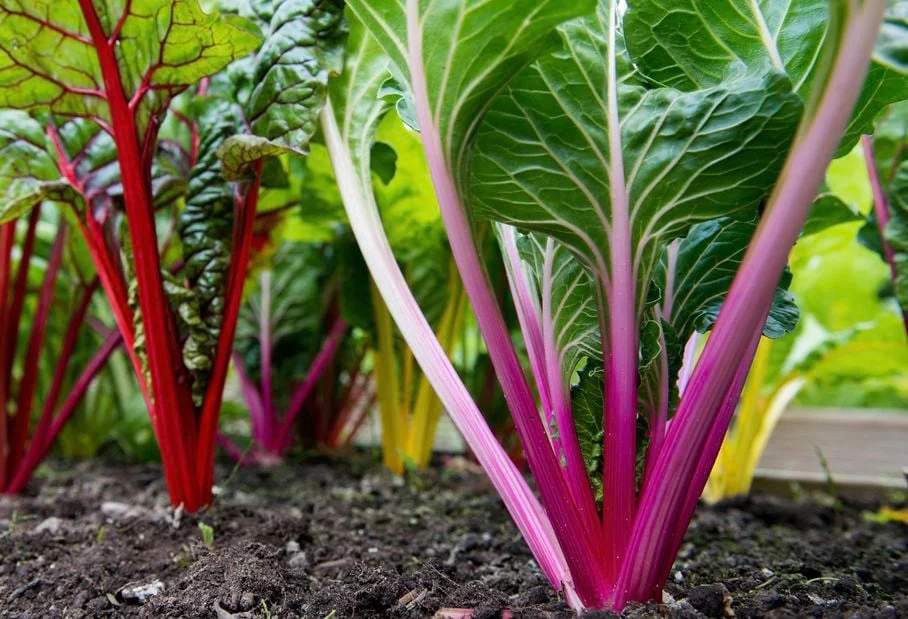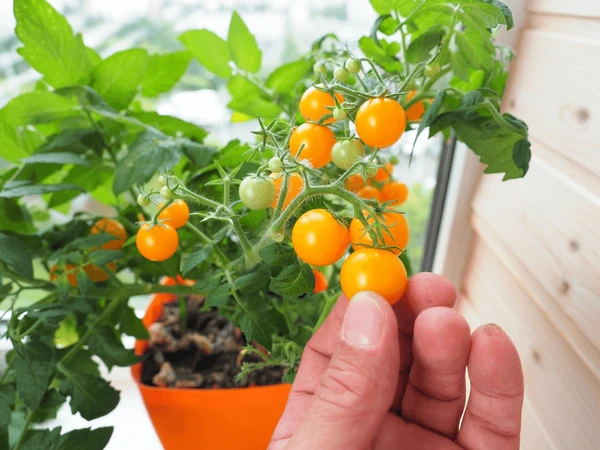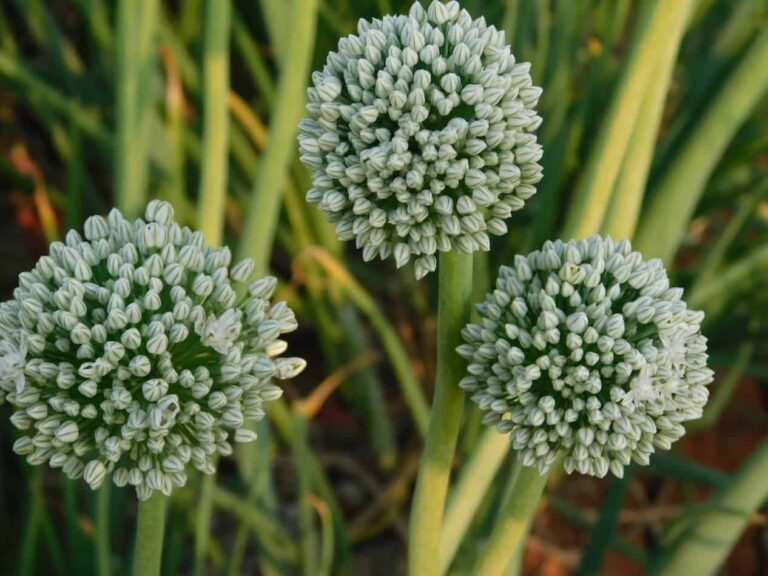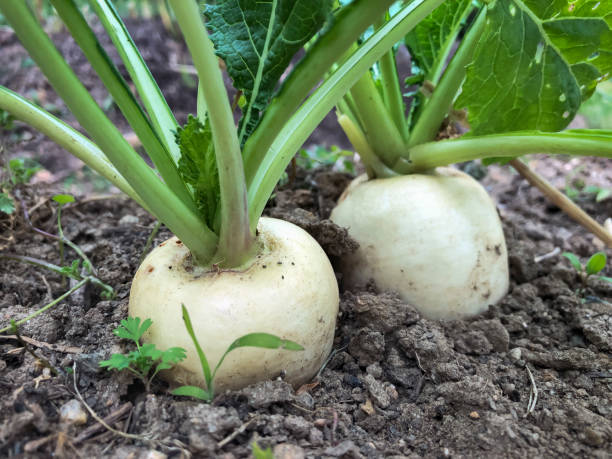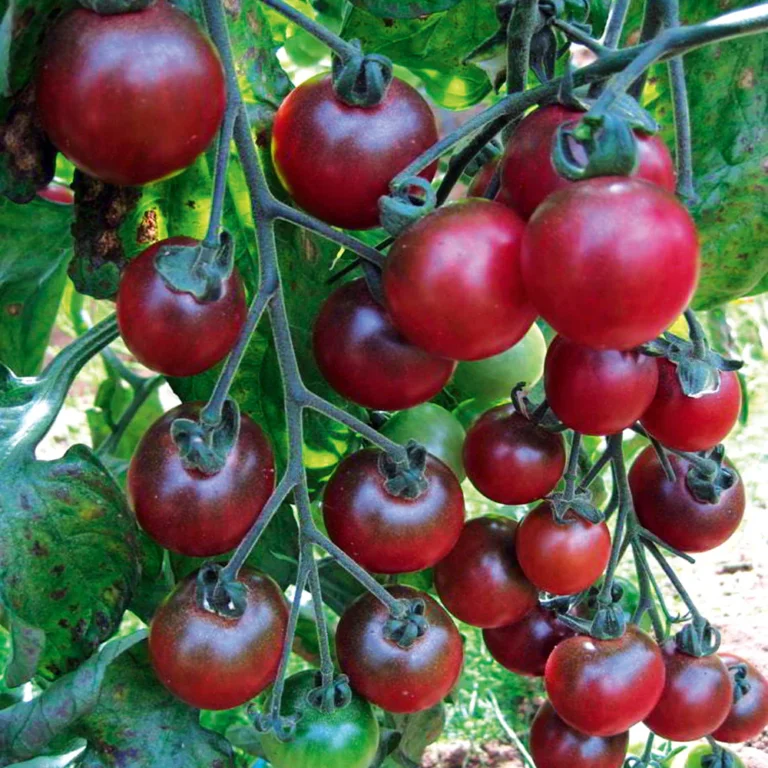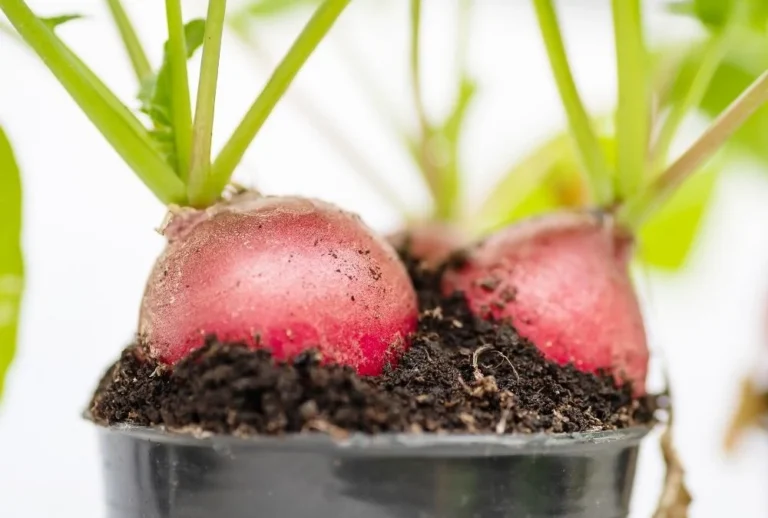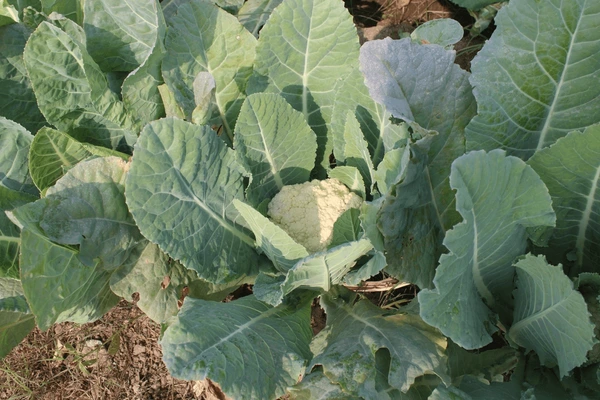How to Grow Swiss Chard: A Beginner’s Guide
Swiss chard is a vibrant and nutritious leafy green that is easy to grow in various climates.
Whether you are starting from seed, planting in containers, or growing in a garden, Swiss chard is an excellent addition to any space.
This guide will walk you through the steps to successfully grow Swiss chard, from seed germination to harvest.
How to Grow Swiss Chard from Seed
Choosing the Right Seeds
Swiss chard seeds are relatively easy to germinate and grow. Choose high-quality seeds from varieties such as Bright Lights, Fordhook Giant, or Ruby Red.
Planting the Seeds
Plant the seeds about ½ inch deep in well-draining soil and space them 6-12 inches apart to allow for proper growth. Keep the soil consistently moist but not waterlogged, and water early in the morning to prevent fungal growth.
Germination and Thinning
The seeds typically germinate within 7-14 days when soil temperatures range between 50-85°F. Once seedlings are a few inches tall, thin them out to prevent overcrowding and ensure healthy development.
How to Grow Swiss Chard in Containers
Choosing a Container
Swiss chard thrives in containers, making it a great choice for small-space gardening. Select a container that is at least 8-12 inches deep with drainage holes.
Soil and Planting
Use a well-draining potting mix enriched with compost for optimal nutrition. Whether you start from seeds or transplant seedlings, make sure to leave about 6-8 inches between plants to promote airflow.
Sunlight and Fertilization
Position the container in a sunny spot that gets at least 4-6 hours of direct sunlight each day. Regular feeding with an organic liquid fertilizer every 3-4 weeks will help encourage lush, healthy growth.
How to Grow Swiss Chard in a Garden
Preparing the Garden Bed
Choose a location with full to partial sunlight, receiving at least 4-6 hours of sun daily. Swiss chard thrives in rich, well-draining soil with a pH between 6.0-7.0.
Before planting, amend the soil with compost or well-rotted manure to boost nutrients.
Planting Swiss Chard
Sow seeds directly into the garden bed about ½ inch deep and space them 6-12 inches apart. Rows should be 12-18 inches apart to allow ample room for growth.
Water thoroughly after planting.
Maintaining Healthy Growth
Keep the soil evenly moist by watering regularly, especially during dry spells. Applying mulch around the plants helps retain moisture, suppress weeds, and regulate soil temperature.
Fertilize with an organic balanced fertilizer every 4-6 weeks to support steady growth.
Caring for Your Swiss Chard
Watering and Mulching
To maintain healthy plants, water Swiss chard consistently, providing about 1-1.5 inches of water per week. Mulching around the base of the plants helps retain moisture and suppress weeds.
Temperature and Pest Control
Swiss chard is a hardy plant that thrives in temperatures between 55-75°F and can tolerate both warm and cool conditions.
However, it is essential to watch for common pests such as aphids, leaf miners, and slugs. Using neem oil or introducing beneficial insects like ladybugs can help control infestations naturally.
Harvesting and Maintenance
When to Harvest
Begin harvesting Swiss chard when the outer leaves reach about 6-8 inches in length. Cut the leaves at the base, allowing the center to continue producing new growth for continuous harvesting.
Maintaining Plant Health
Regularly remove damaged or yellowing leaves to maintain plant health. To keep the soil rich and productive, consider rotating Swiss chard with other crops in your garden.
In colder regions, using row covers can help extend the growing season, allowing for a longer and more productive harvest.
Optimal Growing Conditions Summary
| Factor | Requirement |
|---|---|
| Sunlight | 4-6 hours daily |
| Soil pH | 6.0-7.0 |
| Watering | 1-1.5 inches per week |
| Temperature | 55-75°F |
| Spacing | 6-12 inches apart |
| Fertilization | Every 4-6 weeks |
Final Tips for Success
Swiss chard is a low-maintenance crop that provides a steady supply of nutritious greens.
Whether grown in garden beds, containers, or raised beds, it adds beauty to any space while offering delicious, versatile leaves for cooking.
With proper care, watering, and attention to pests, you can enjoy a thriving Swiss chard harvest throughout the season. Happy gardening!


